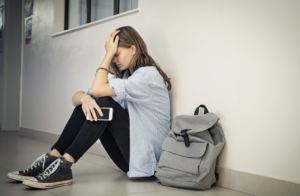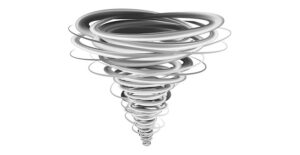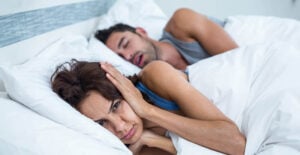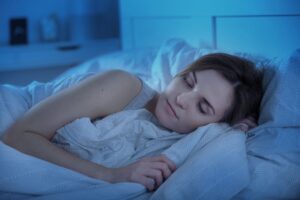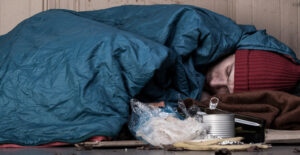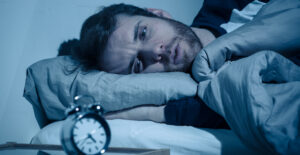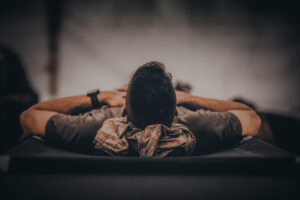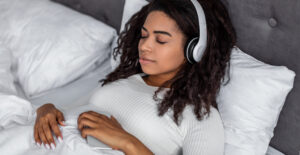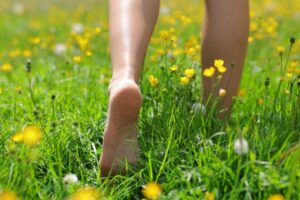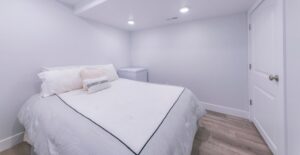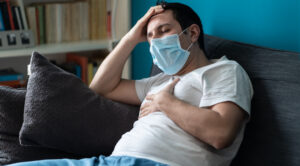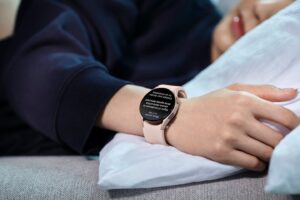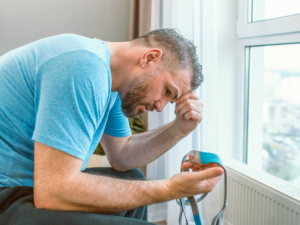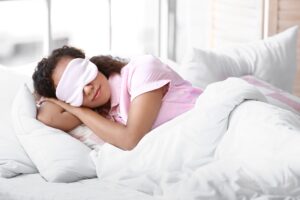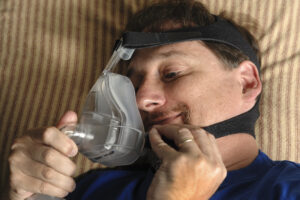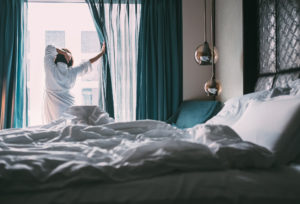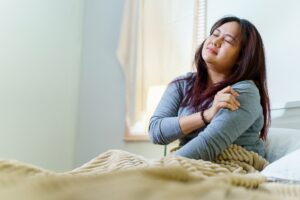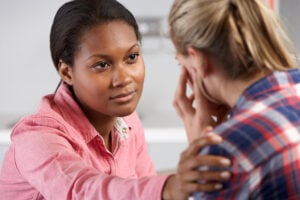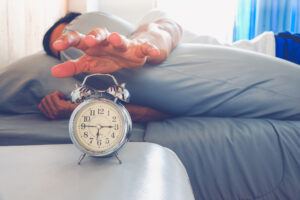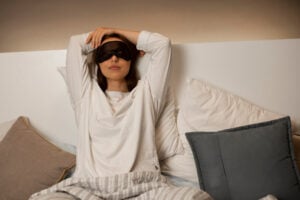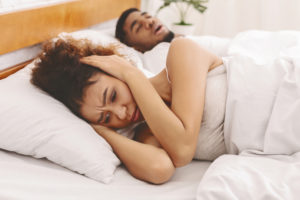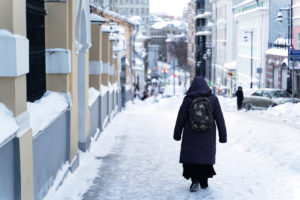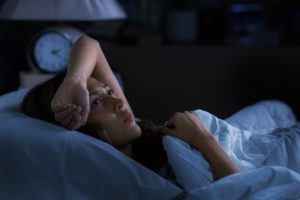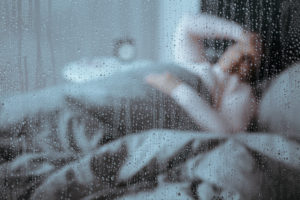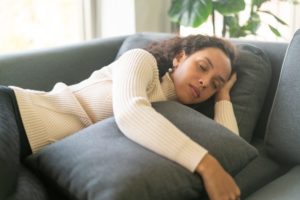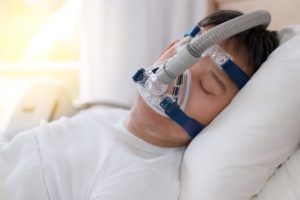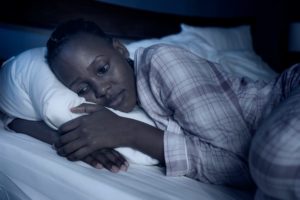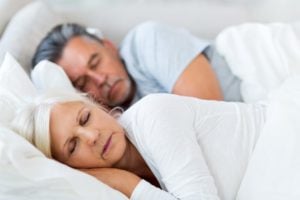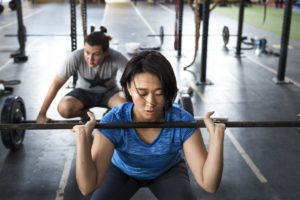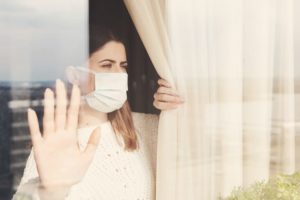Want To Sleep Better? Move Your Body More.
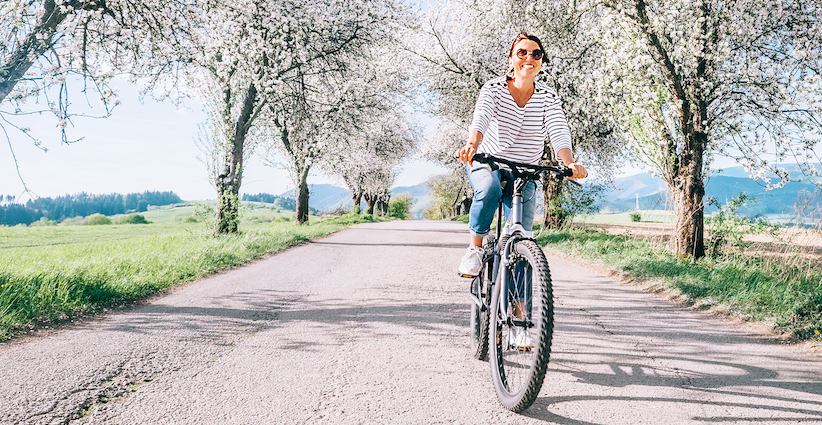
The rules of good sleep hygiene are clear: Tuck away screens, lay down in a dark, quiet room, and go to bed at a consistent time, to name a few. However, there’s a component of quality sleep that you might be overlooking—how much you move throughout the day.
A new study from the University of South Australia looked at the impact of the time between sleep, sedentary time, and physical activity on how well both children and adults sleep. Researchers found people who got more physical activity and spent less time being sedentary reported better sleep quality, longer amounts of time spent sleeping, and less tiredness during the day.
The study involved more than 1,100 children and nearly 1,400 adults who wore an activity monitor for eight days to measure how they spent their time. Those who allocated more time to moderate to vigorous physical activity during the day improved their sleep. However, the more time a participant spent sedentary, the worse their sleep was.
Children participating in the study spent around an hour doing moderate to vigorous physical activity a day, while adults spent two hours. Additionally, both children and adults spent more than four hours engaged in light physical activity and around 9 hours sedentary.

In discussion limitations of the study, the authors mention that the adult participants appear to be notably active, but say it’s likely to be a reflection of the methodology rather than indicating that they are extraordinarily active.
For context, the Centers for Disease Control and Prevention (CDC) says moderate activity includes:
- Walking at a brisk pace
- Hiking
- Biking at 5-9 mph
- Yoga
- Water aerobics
- Weight training
- Dancing
- Recreational swimming
- Other sports and fast-paced activities
Vigorous physical activity includes:
- Jogging or running
- Biking at 10 mph or higher
- Step aerobics
- Martial arts
- Circuit weight training
- Lap swimming
- Other intense sports and heart-pounding activities
Light physical activity, which was also found to have some sleep benefits, includes slow walking, biking less than 5 mph, stretching, and leisurely activities like playing catch. The CDC recommends that all adults get at least 150 minutes of moderate-intensity physical activity each week, but it can be chunked into periods of time throughout the week. That might mean that you do 30 minutes a day, five days a week, or an hour a day, three days a week.
Study authors attribute the improvements in sleep as potentially related to the brain releasing the neurotransmitter serotonin, which helps regulate mood and the sleep-wake cycle.
The research reaffirms studies that linked exercise to better sleep, such as a 2021 review of studies that concluded regular physical activity improved slumber , as well as the insomnia symptoms of obstructive sleep apnea.
Additionally, a 2019 review that looked into the impact of exercising in the evenings—long thought to interfere with sleep—found it can actually improve it (though it might impact how long it takes a person to go to sleep).
The bottom line: If you spend less time sitting and more time moving, you might just find yourself reaping the benefits throughout the night.
Got a hot tip? Pitch us your story idea, share your expertise with SleepFoundation.org, or let us know about your sleep experiences right here.
References
6 Sources
-
Matricciani, L., Dumuid, D., Stanford, T., Maher, C., Bennett, P., Bobrovskaya, L., Murphy, A., & Olds, T. (2024). Time use and dimensions of healthy sleep: A cross-sectional study of Australian children and adults. Sleep Health.
https://www.sleephealthjournal.org/article/S2352-7218(23)00250-4/fulltext -
CDC. (2003). General Physical Activities Defined by Level of Intensity.
https://www.cdc.gov/nccdphp/dnpa/physical/pdf/PA_Intensity_table_2_1.pdf -
Hwu, A. (2005). Examples of Physical Activities by Intensity # Light Activity+ less than 3.0 METS*.
https://www.k-state.edu/paccats/Contents/PA/PDF/PA%20by%20Intensity.pdf -
Centers for Disease Control and Prevention. (2022, June 2). How Much Physical Activity do Adults Need? Centers for Disease Control and Prevention.
https://www.cdc.gov/physicalactivity/basics/adults/index.htm -
Kline, C. E., Hillman, C. H., Sheppard, B. B., Tennant, B., Conroy, D. E., Macko, R. F., Marquez, D. X., Petruzzello, S. J., Powell, K. E., & Erickson, K. I. (2021). Physical Activity and Sleep: An Updated Umbrella Review of the 2018 Physical Activity Guidelines Advisory Committee Report. Sleep Medicine Reviews, 58, 101489.
https://www.ncbi.nlm.nih.gov/pmc/articles/PMC8338757/ -
Stutz, J., Eiholzer, R., & Spengler, C. M. (2018). Effects of evening exercise on sleep in healthy participants: A systematic review and meta-analysis. Sports Medicine, 49(2), 269–287.
https://pubmed.ncbi.nlm.nih.gov/30374942/


